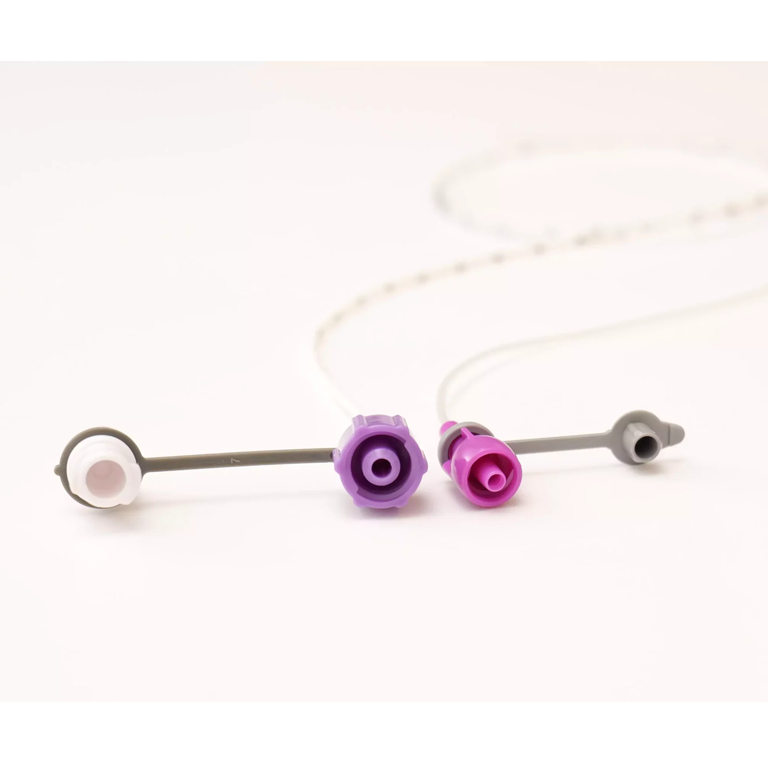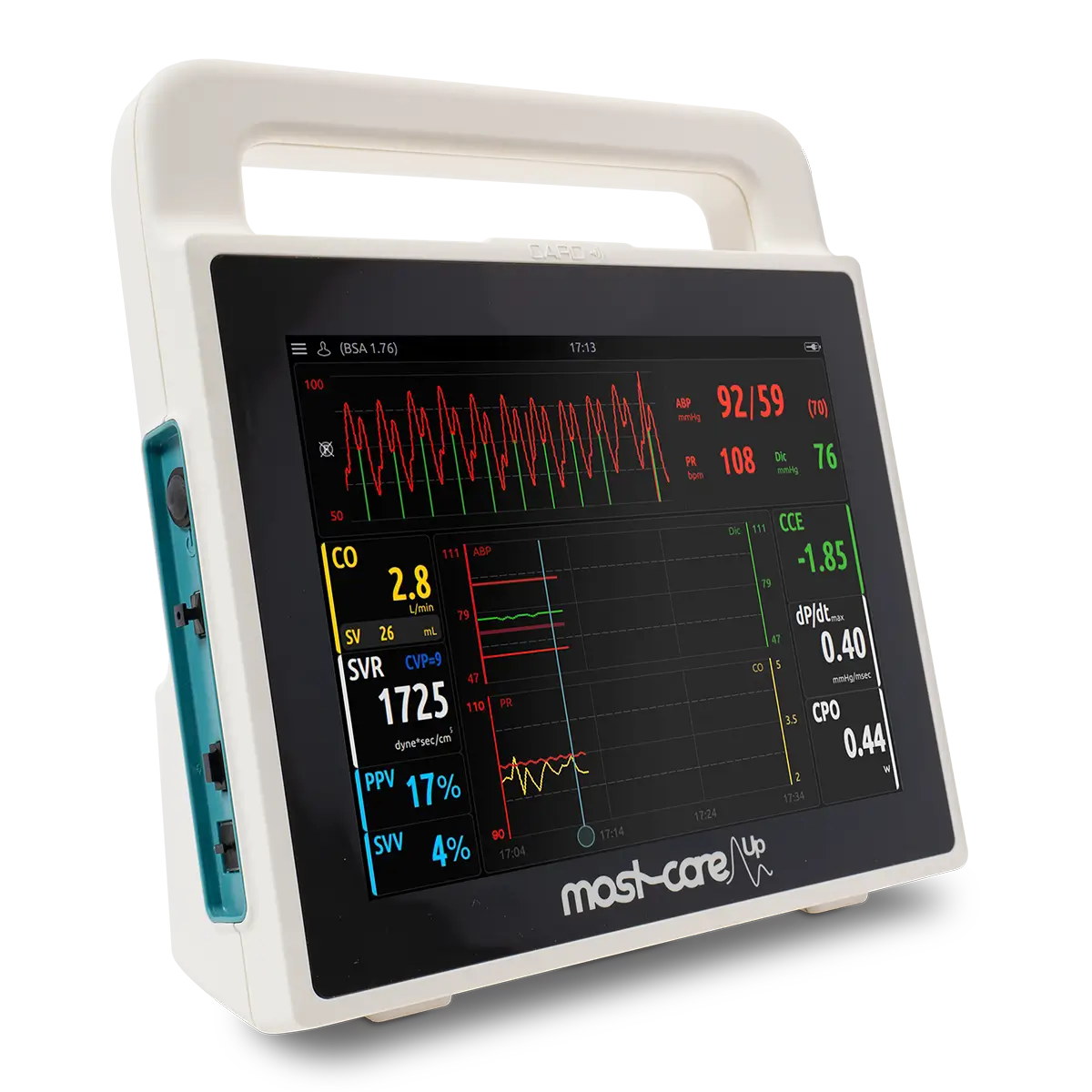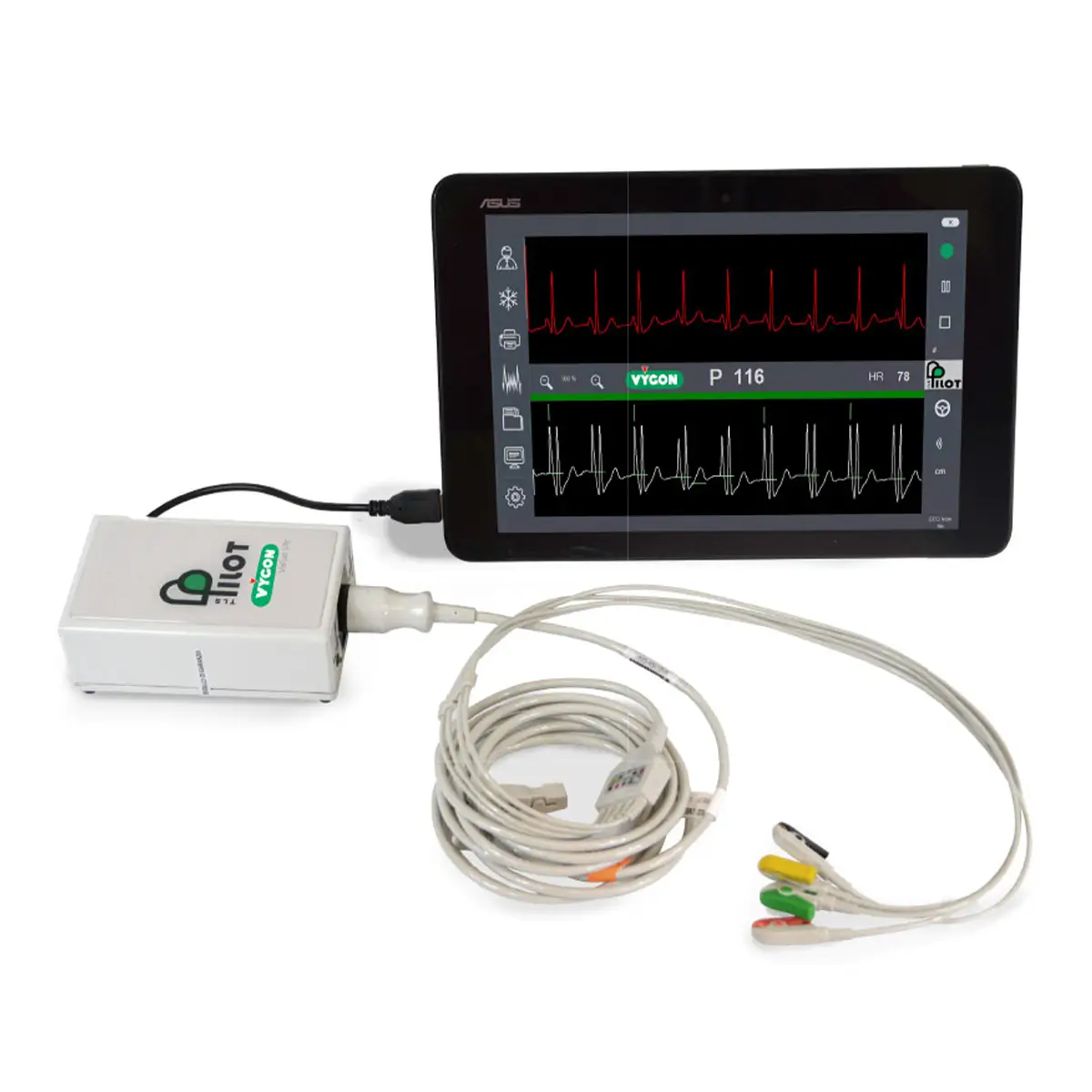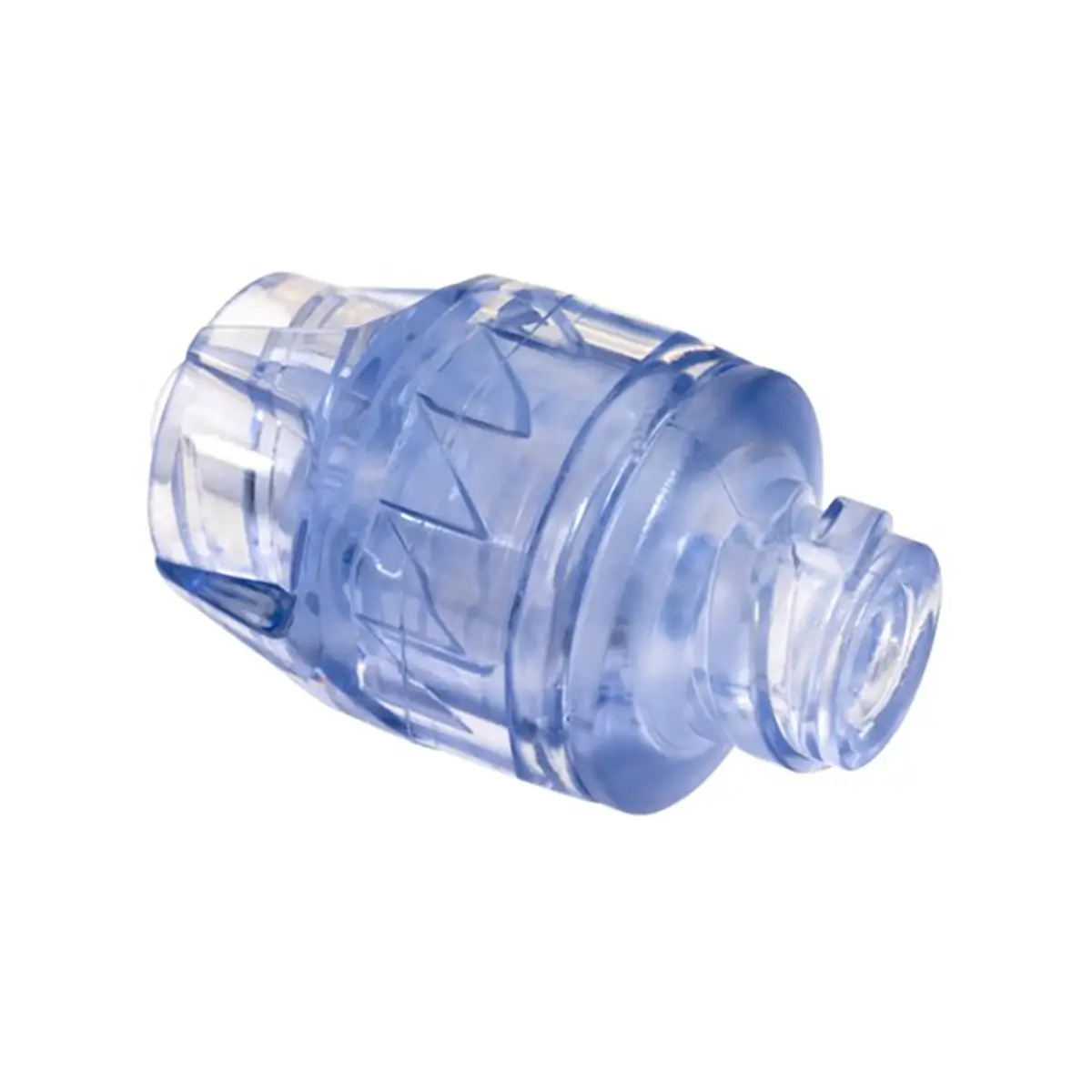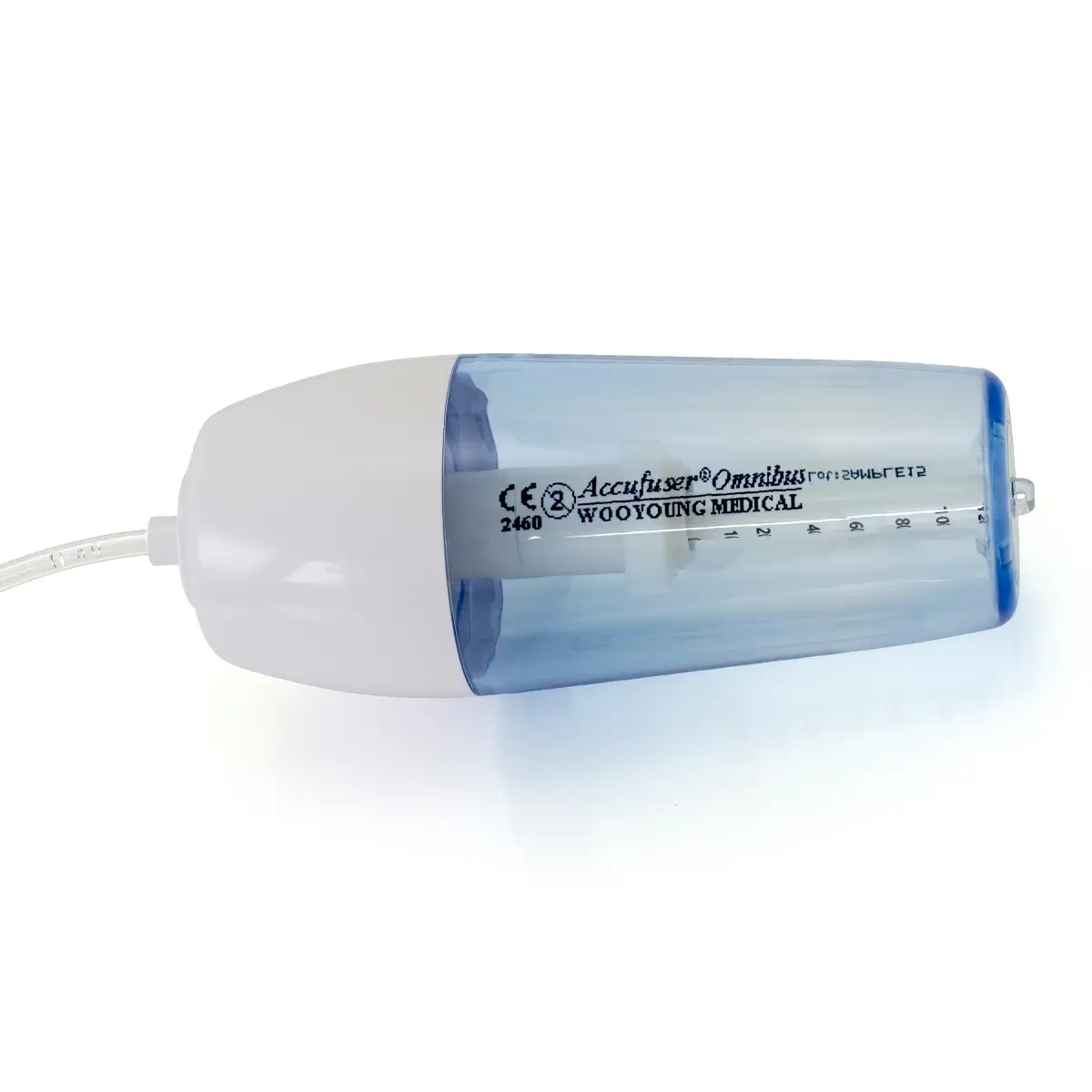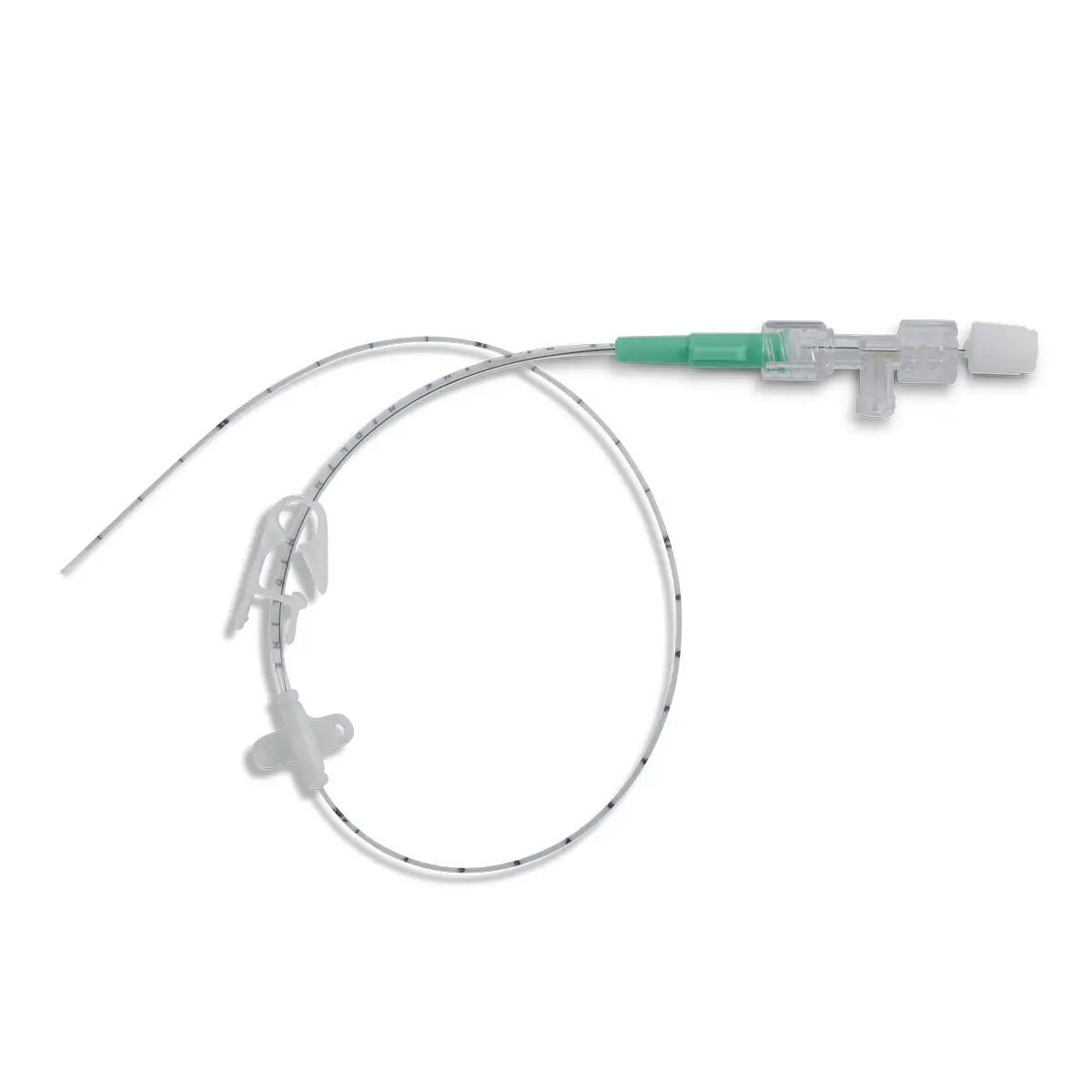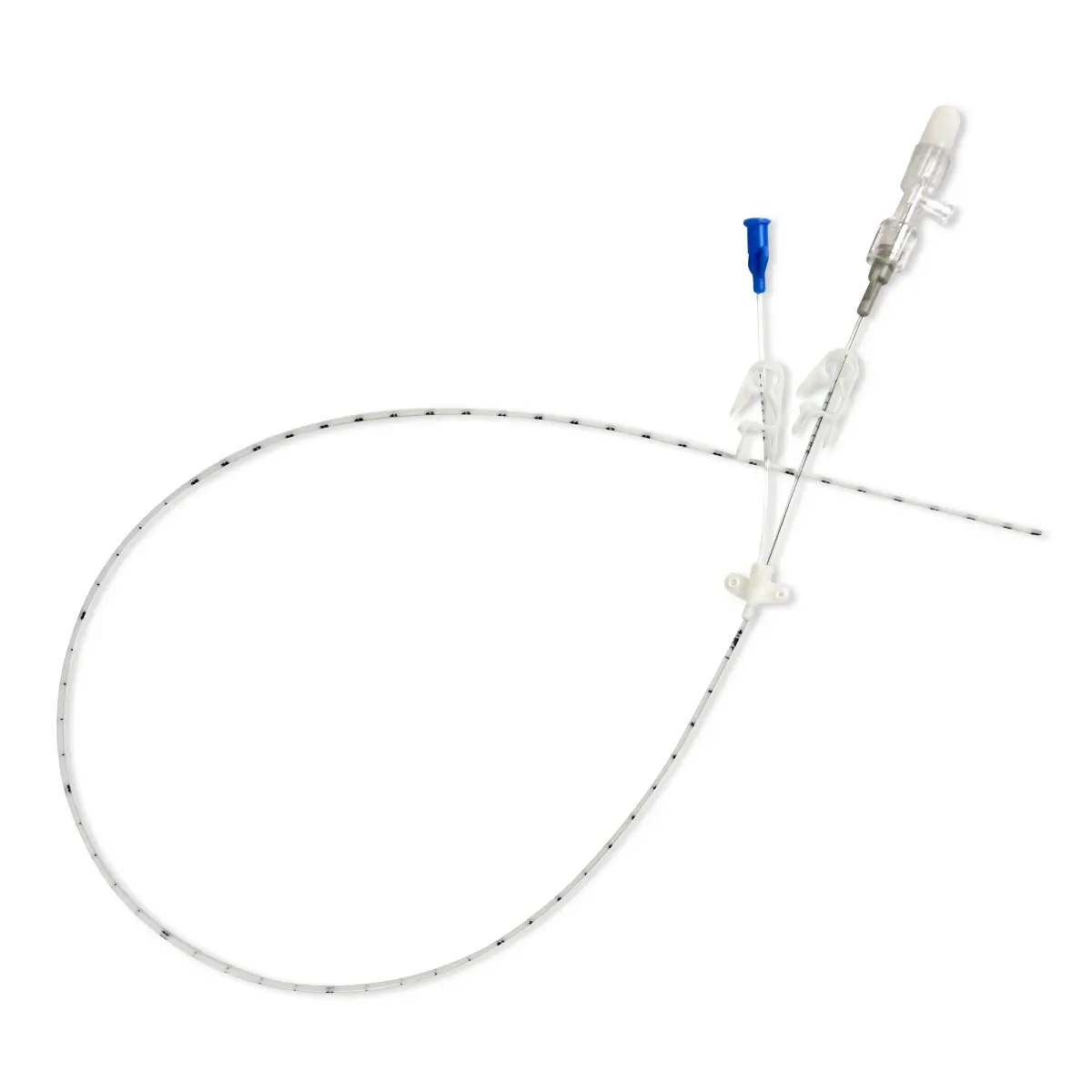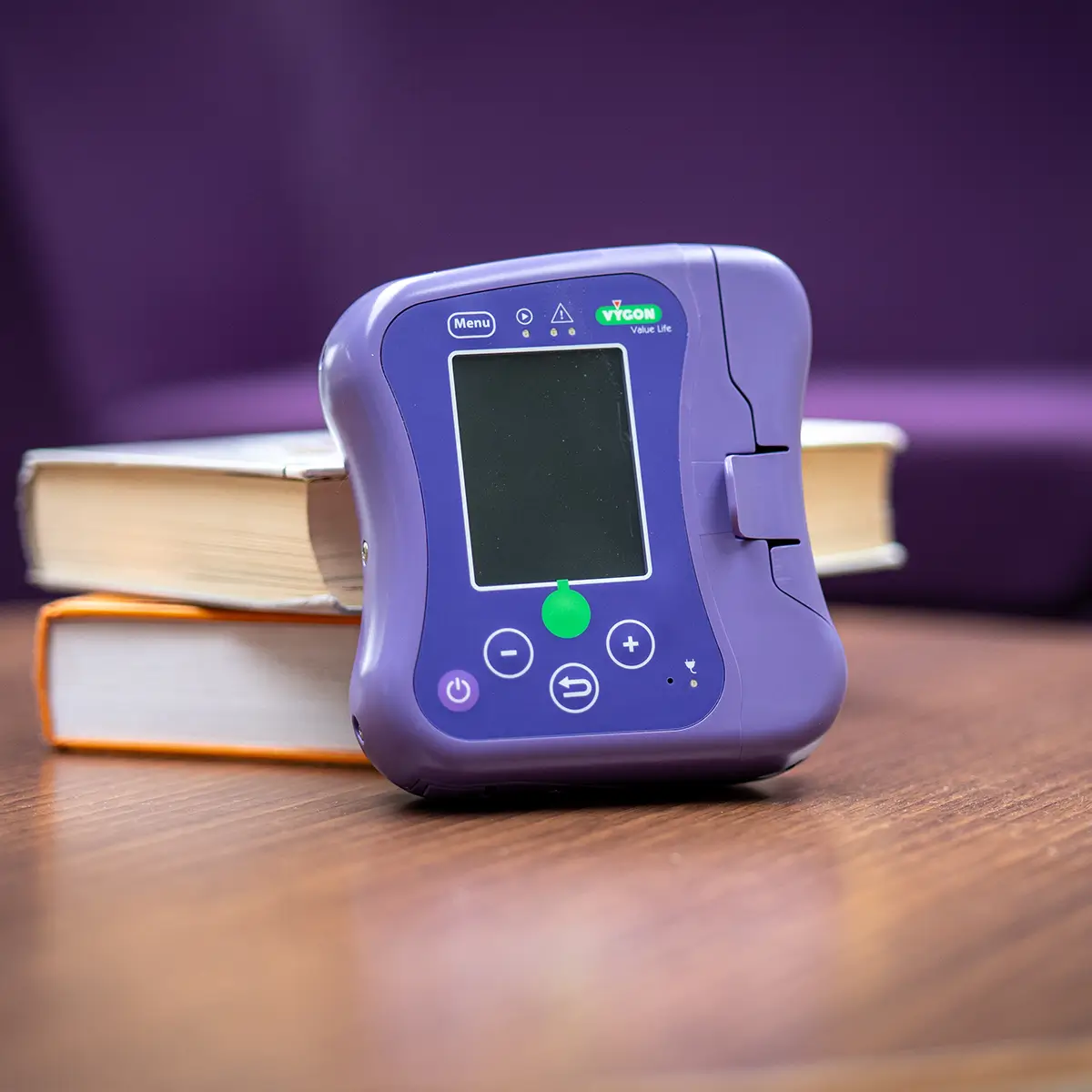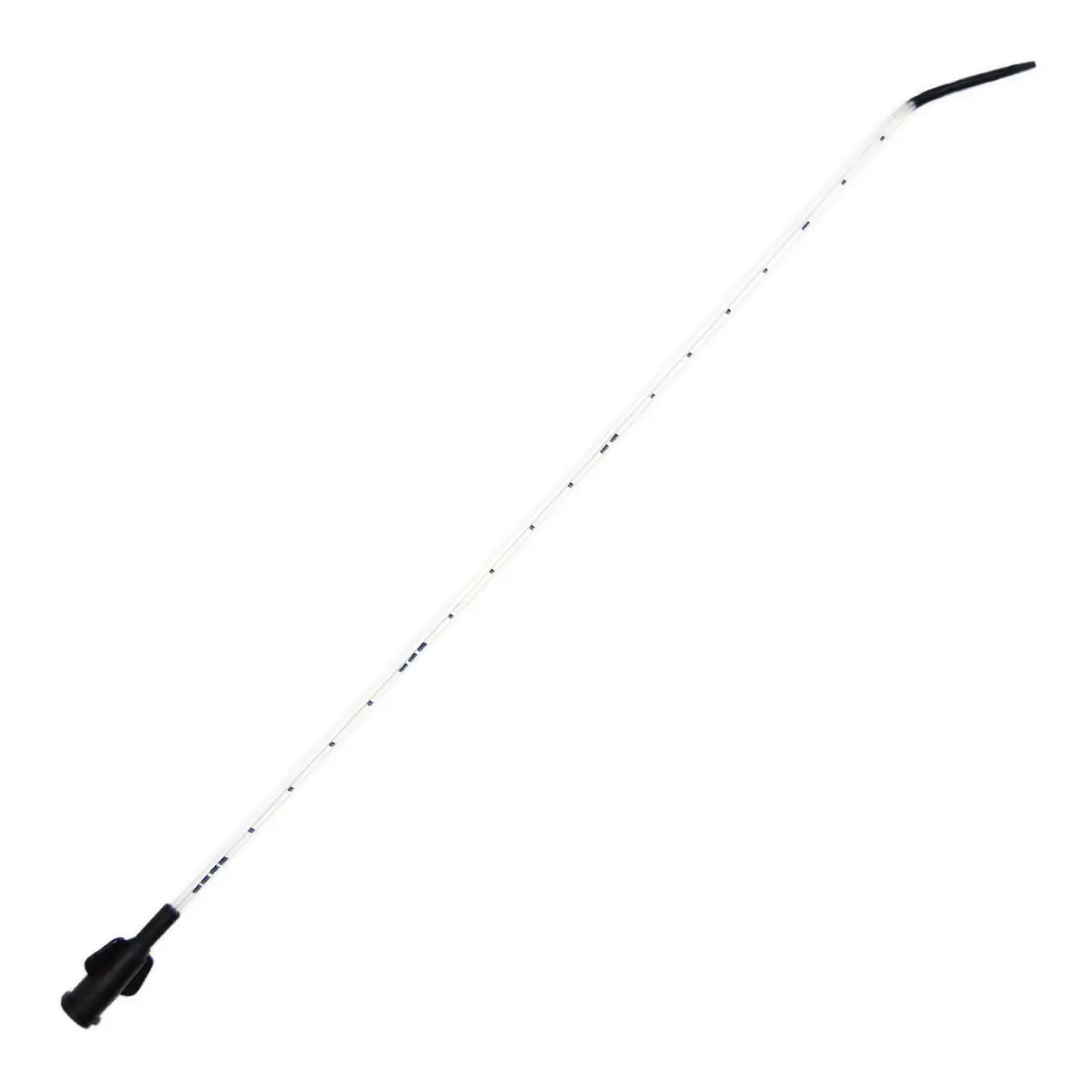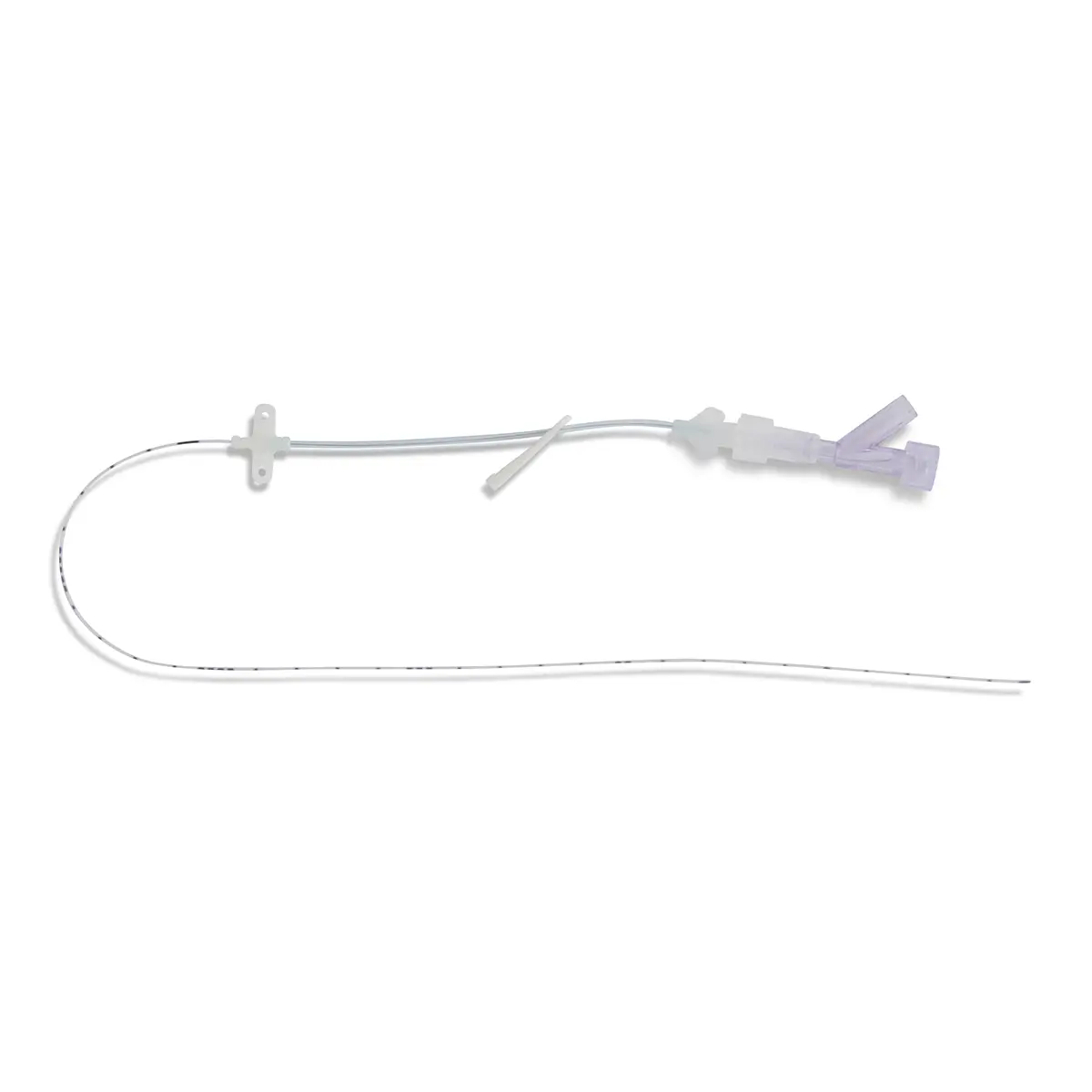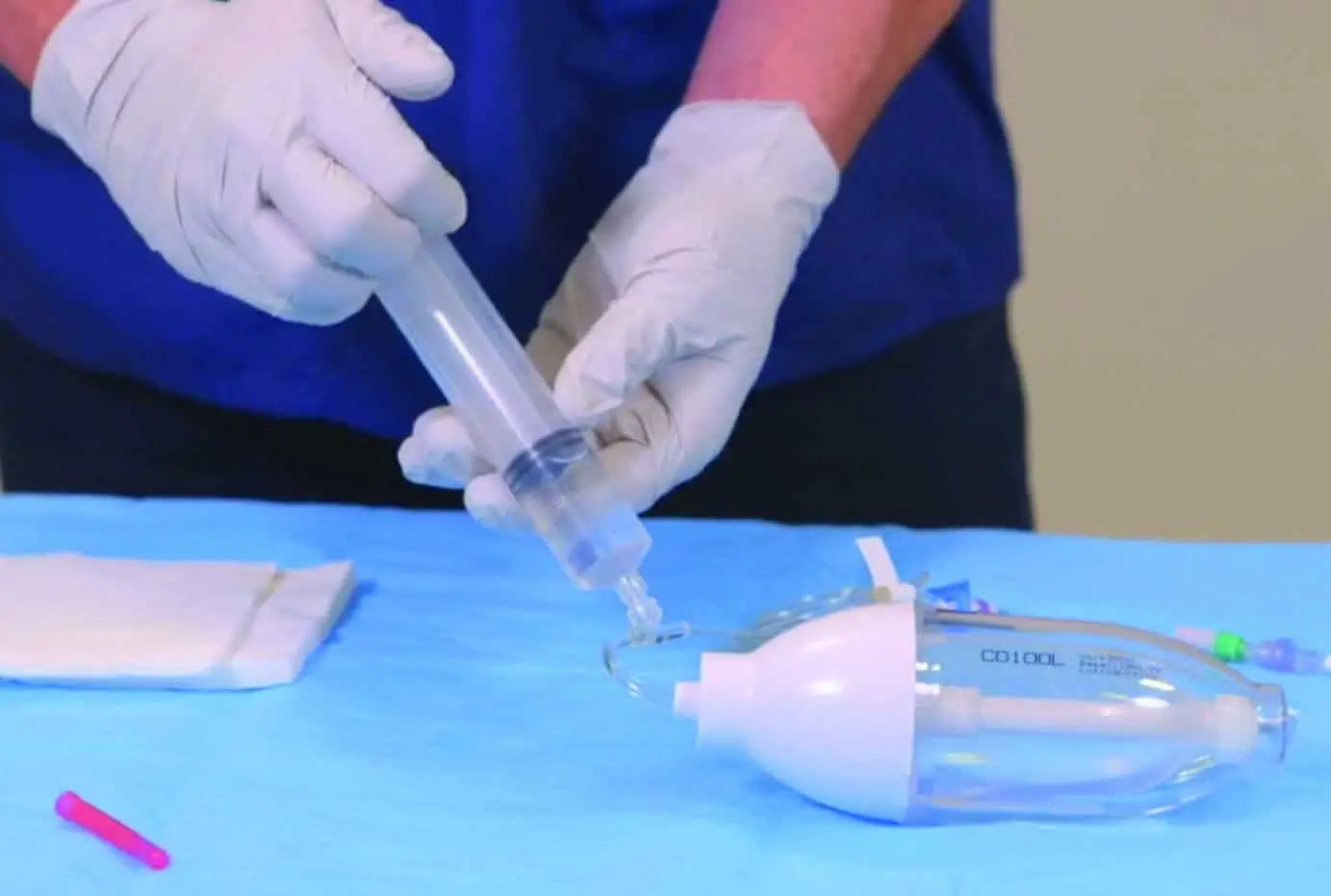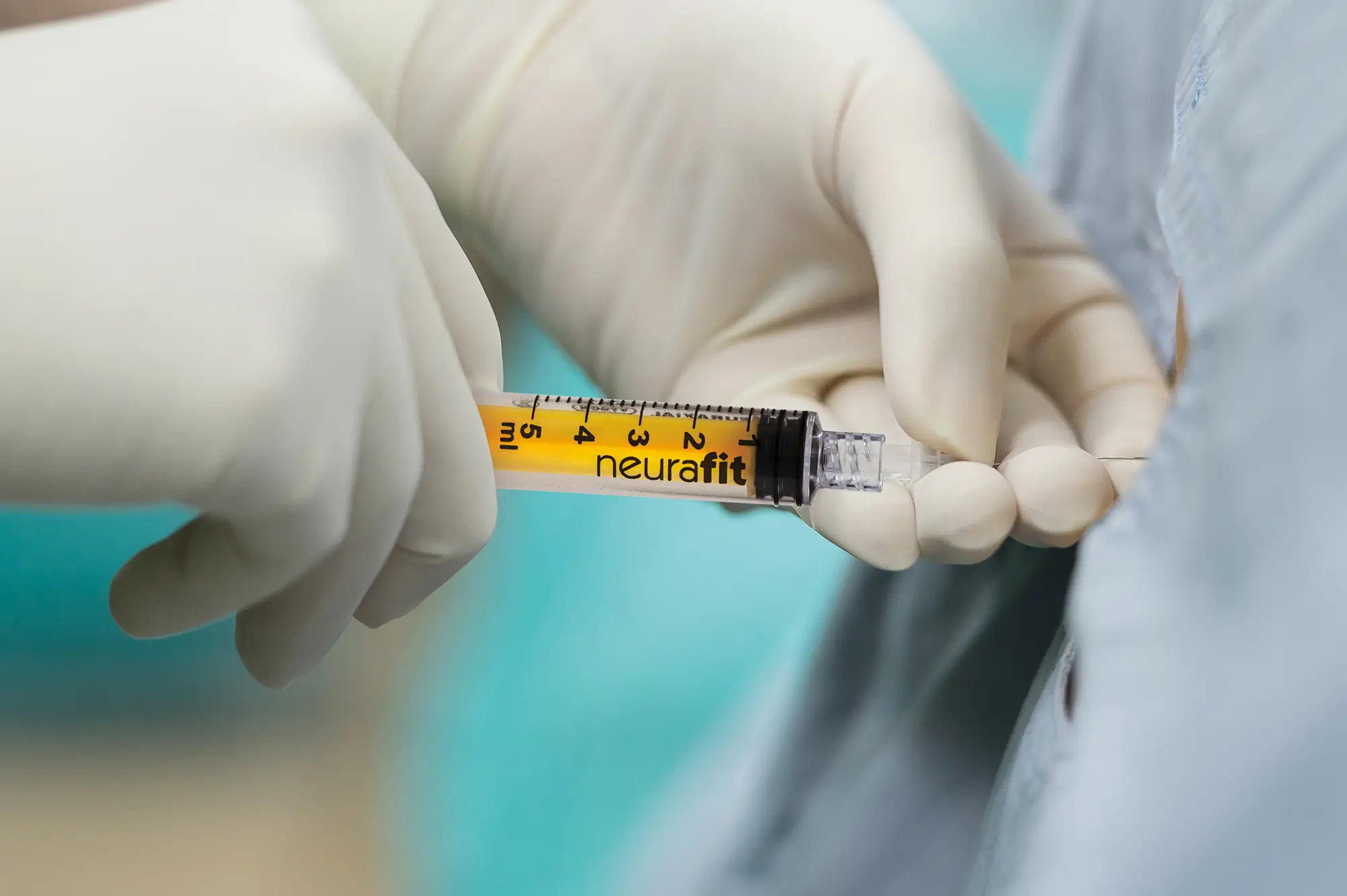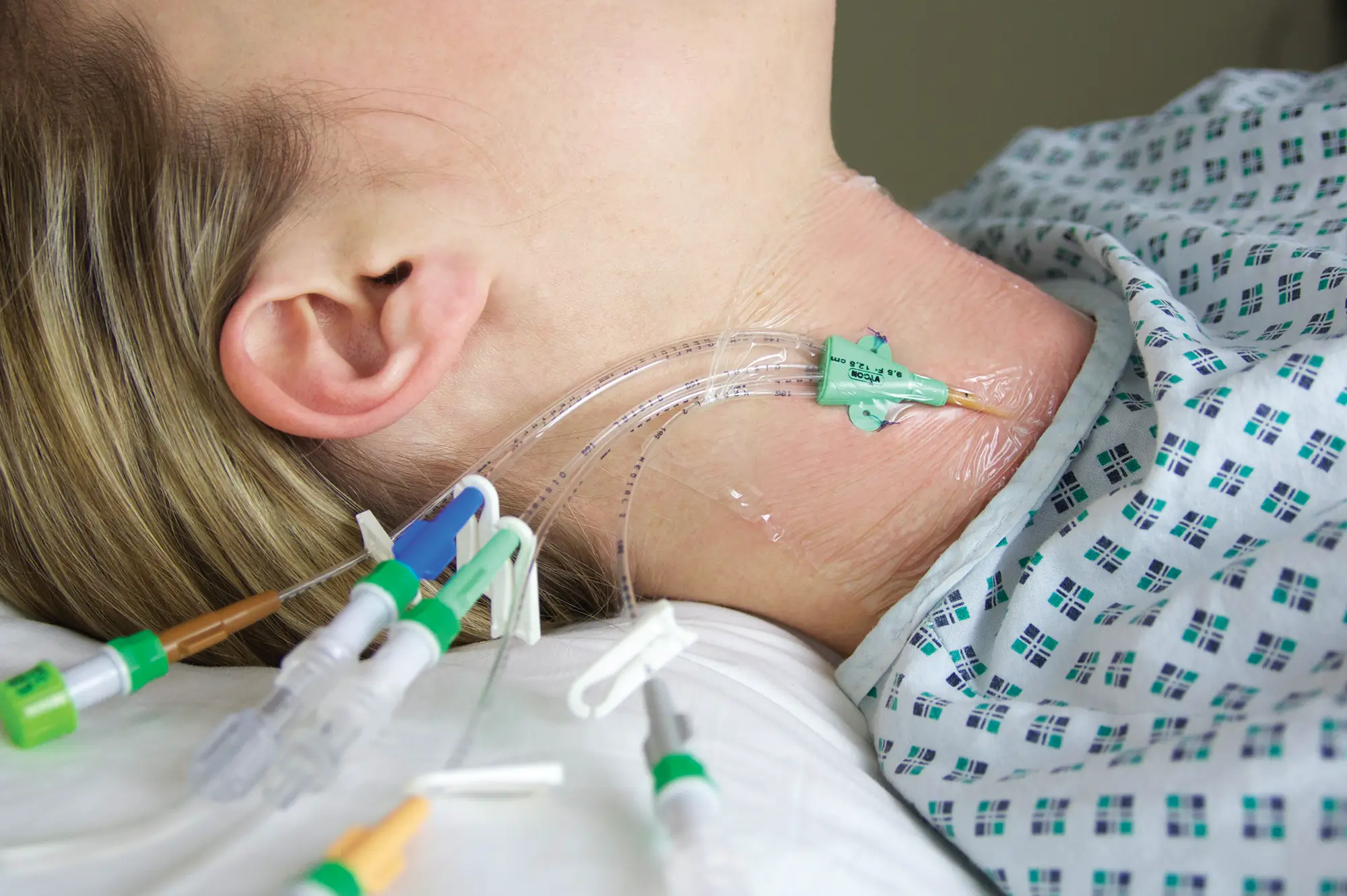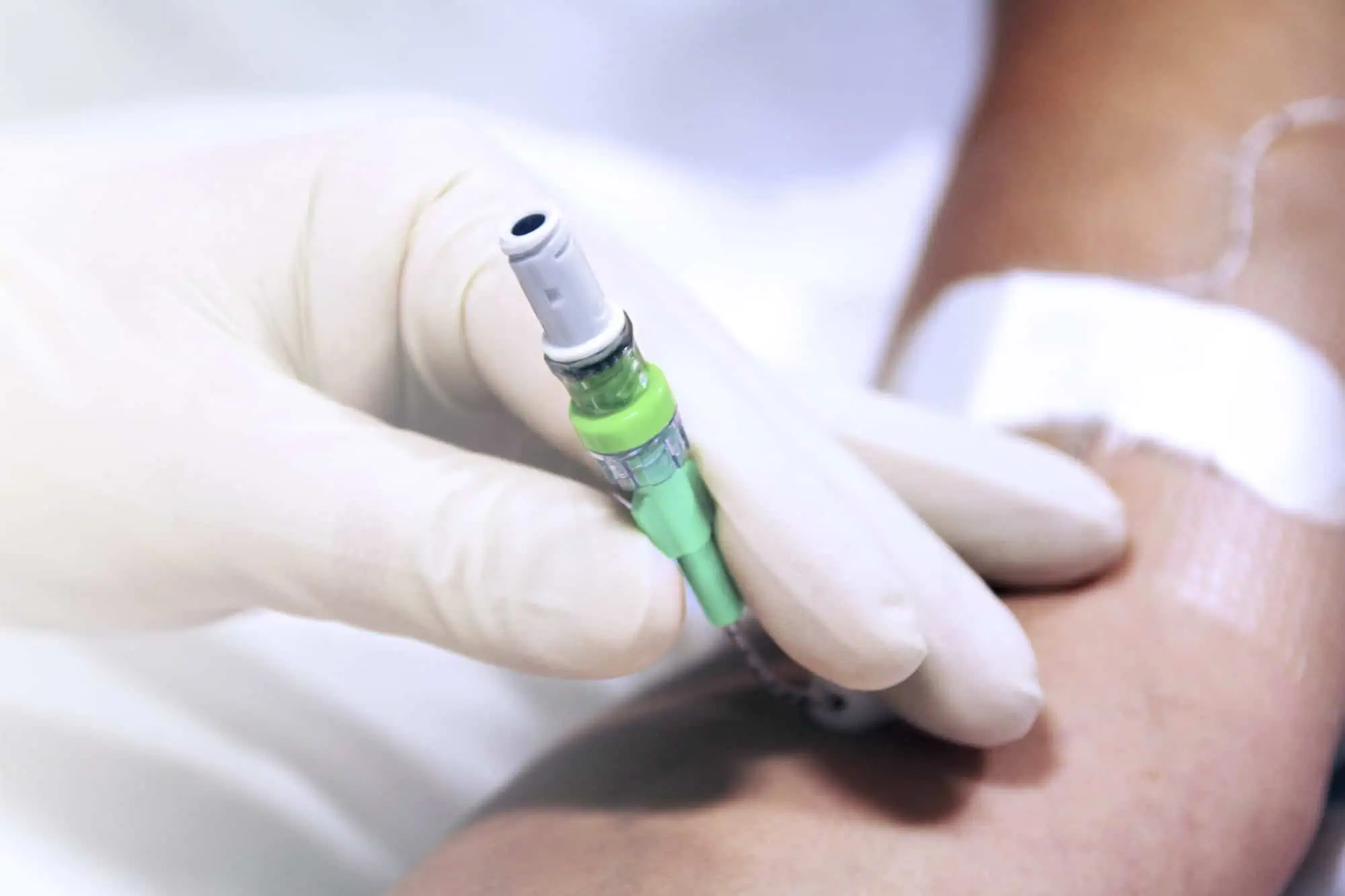Urgent Field Safety Notice – AVANOS* Introducer Kit for Gastrostomy Feeding Tubes

FSN – Identifier: 2505/51623/00
Type of Action: ADVISORY
Details of Affected Devices:
| Product Code: | Batch/Lot: | NHSSC Code: |
|---|---|---|
| VKC98430-00 | All | FWM2162 |
| VKC98431-00 | All | FWM2169 |
| VKC98432-00 | All | FWM2170 |
| VKC98433-00 | All | FWM2171 |
| VKC98434-00 | All | FWM2172 |
Description of Problem
The legal manufacturer, Avanos Medical, has released an advisory Field Safety Notice (FSN) following several reports where the gastropexy sutures in the AVANOS* Introducer Kit for Gastrostomy Feeding Tubes have broken during or shortly after initial placement. The severity of possible harm associated with this failure mode is severe. Avanos Medical have initiated an investigation into the root cause of this failure and are taking the necessary steps to quickly inform affected customers so that they may take appropriate action.
If a suture breaks during or shortly after a gastrostomy or gastropexy, possible outcomes of this failure include but are not limited to: gastrostomy failure (loss of stoma integrity), gastropexy failure (stomach no longer secured to abdominal wall), peritonitis, free abdominal air, gastric leakage, bleeding, delayed healing, fistula formation, or sepsis. Actual complications and their severity depend on the stage of the placement procedure at time of suture break, the type of technique used for placement, and patient specific variables.
Actions taken by Avanos
Avanos wants to ensure optimal patient safety by promoting awareness and minimizing the risk of potential harm. Therefore, while the product may continue to be used by qualified, trained users, Avanos would like to reiterate the following guidelines and best practices for correct placement of the gastropexy sutures.
Please note the following contraindications and warning: Contraindications include, but are not limited to ascites, colonic interposition, portal hypertension, gastric varices, peritonitis, aspiration pneumonia and morbid obesity.
Warning: Verify package integrity of each pouch prior to opening. Do not use if package is damaged or sterile barrier is compromised. Do not reuse, reprocess, or resterilise this medical device. Reuse, reprocessing, or resterilisation may 1) adversely affect the known biocompatibility characteristics of the device, 2) compromise the structural integrity of the device, 3) lead to the device not performing as intended, or 4) create a risk of contamination and cause the transmission of infectious diseases resulting in patient injury, illness, or death.
Action
Guidance from instructions for use
The AVANOS* Introducer Kit for Gastrostomy Feeding Tube Instructions for Use (IFU) provides the following guidance for placement of the gastropexy suture. Figure references may be found on page two (2) of the IFU:
Placing the SAF-T-PEXY*:
Absorption of the suture is essentially complete within 90 to 110 days.
Warnings:
- The kinetics of gastric wall adhesion to the anterior abdominal wall relative to suture absorption must be considered prior to using the SAF-T-PEXY* device when a compromised healing response is anticipated, especially when adhesion of the gastric wall to the anterior abdominal wall is not expected within 14 days.
- T-Fasteners may migrate and be retained in the gastric mucosa, abdominal musculature, or subcutaneous tissues and in rare circumstances have exited through the skin adjacent to the stoma site.
- If performing an early replacement gastrostomy within the first few weeks after initial SAF-T-PEXY* placement, verify that the adhesion of the gastric wall to the interior abdominal wall is established and maintained. Consider use of an additional T-Fastener to ensure proper early replacement of gastrostomy.
Note: It is recommended to perform a three-point gastropexy that approximates an equilateral triangle to help ensure secure and uniform attachment of the gastric wall to the anterior abdominal wall. An alternate pattern may need to be identified if placing a low volume balloon gastrostomy tube.
- Place a skin mark at the tube insertion site and define the gastropexy pattern by insertion site and in a triangle configuration. Allow adequate distance between the insertion site and SAF-T-PEXY* placement so as to prevent interference of the anchor set and balloon once inflated. (Fig 3)
- Locally anesthetize the skin and peritoneum at each puncture site.
- Carefully remove the pre-loaded SAF-T-PEXY* device from the protective sheath and maintain slight tension on the trailing suture, noting that the suture is held to the needle by a retaining snap on the side of the needle hub.
- Attach a Luer slip syringe containing 1-2 ml of sterile water or saline to the needle hub. (Fig 4)
- Under endoscopic guidance, insert the preloaded SAF-T-PEXY* slotted needle with a single sharp thrust through one of the marked corners of the triangle until it is within the gastric lumen. (Fig 5) The simultaneous return of air into the syringe and endoscopic visualization confirms correct Intragastric position. After confirmation of correct position, remove the syringe from the device.
- Release the suture strand. Bend the locking tab on the needle hub. (Fig 6) Firmly push the inner hub into the outer hub until the locking mechanism clicks into place. (Fig 7) This will dislodge the T-Bar from the end of the needle and lock the inner stylet into position. (Fig 8)
- Withdraw the needle while continuing to gently pull the T-Bar until it is flush against the gastric mucosa, avoid having the T-Bar exert excessive tension onto the gastric mucosa. Discard the needle according to facility protocol.
- Gently slide the suture lock down to the skin surface of the abdominal wall. A small hemostat may be clamped above the suture lock to temporarily hold it in place. Caution: Do NOT place hemostat below the suture lock, or between the suture lock and the abdominal wall, as damage to the suture may occur.
- Repeat the procedure until all three anchor sets have been inserted in the corners of the triangle. After the three SAF-T-PEXY* devices are properly positioned, gently pull on the sutures to appose the stomach to the anterior abdominal wall avoiding exerting excessive tension on the suture. Close the suture lock with the supplied hemostat until an audible “click” is heard securing the suture. Any excess suture length may be cut and removed. (Fig 9)
Note: For additional suture security, a knot may be tied in the suture strand at the surface of the suture lock.
Post Procedure:
- Inspect the stoma and gastropexy sites daily and assess for signs of infection, including: redness, irritation, edema, swelling, tenderness, warmth, rashes, purulent or gastrointestinal drainage. Assess for any signs of pain, pressure or discomfort.
- After the assessment, routine care should include cleansing the skin around the stoma site and gastropexy sites with warm water and mild soap, using a circular motion, moving from the tube and external bolsters outward, followed by a thorough rinsing and drying well. The sutures may be left to be absorbed or they may be cut when deemed appropriate if indicated by the placing physician. Letting the sutures be absorbed or cutting them will allow the T-bars to pass through the gastrointestinal system. After the sutures dissolve (or are cut) the suture locks may be removed and discarded.
Note: It is recommended not to cut the sutures within two weeks post procedure.
Medical Staff
Please confirm receipt of this FSN by completing the attached email back form and returning it to Vygon (UK) Ltd using the email address: technical-uk@vygon.com.
Distributors
Please provide this Field Safety Notice (FSN) to all your customers who have received products of the affected batch number(s), as stated above. Please send your customers the following documents:
- A copy of this FSN
- A copy of the FSN email back form
The FSN email back form should be completed by your customers and returned to you.
As a distributor, you are required to confirm to Vygon (UK) Ltd that you have received this FSN by completion and return of the attached email back form.
As a distributor, you are also required to confirm to Vygon (UK) Ltd that you have completed the instructed activity for all of your customers affected by this FSN.
Please send all completed email back forms to technical-uk@vygon.com.
Transmission of this Field Safety Notice
This notice needs to be passed on to all recipients/user of this product within your organisation, in particular, the following:
- Nutrition Departments
- Community Nursing Teams
- Oncology Departments
- Theatres
- Risk Managers
- Clinical Procurement
- Health and Safety Managers
- Medical Directors
- Nursing Directors
Please maintain awareness of this FSN and resulting action for an appropriate period to ensure effectiveness of the corrective action.
For further information please contact our Technical Support Department by email (technical-uk@vygon.com.) or by telephone (01793 748800).
Contact Person
Kate O’Connell
Technical Support Department
Vygon (UK) Ltd
The Pierre Simonet Building
V Park, Gateway North
Latham Road
Swindon
Wiltshire
SN25 4DL
Telephone: 01793 748800
Vygon (UK) Ltd apologise for any inconvenience this FSN may cause.
This FSN has been communicated to the MHRA.
Kate O’Connell
Technical Support manager
Email: technical-uk@vygon.com.

